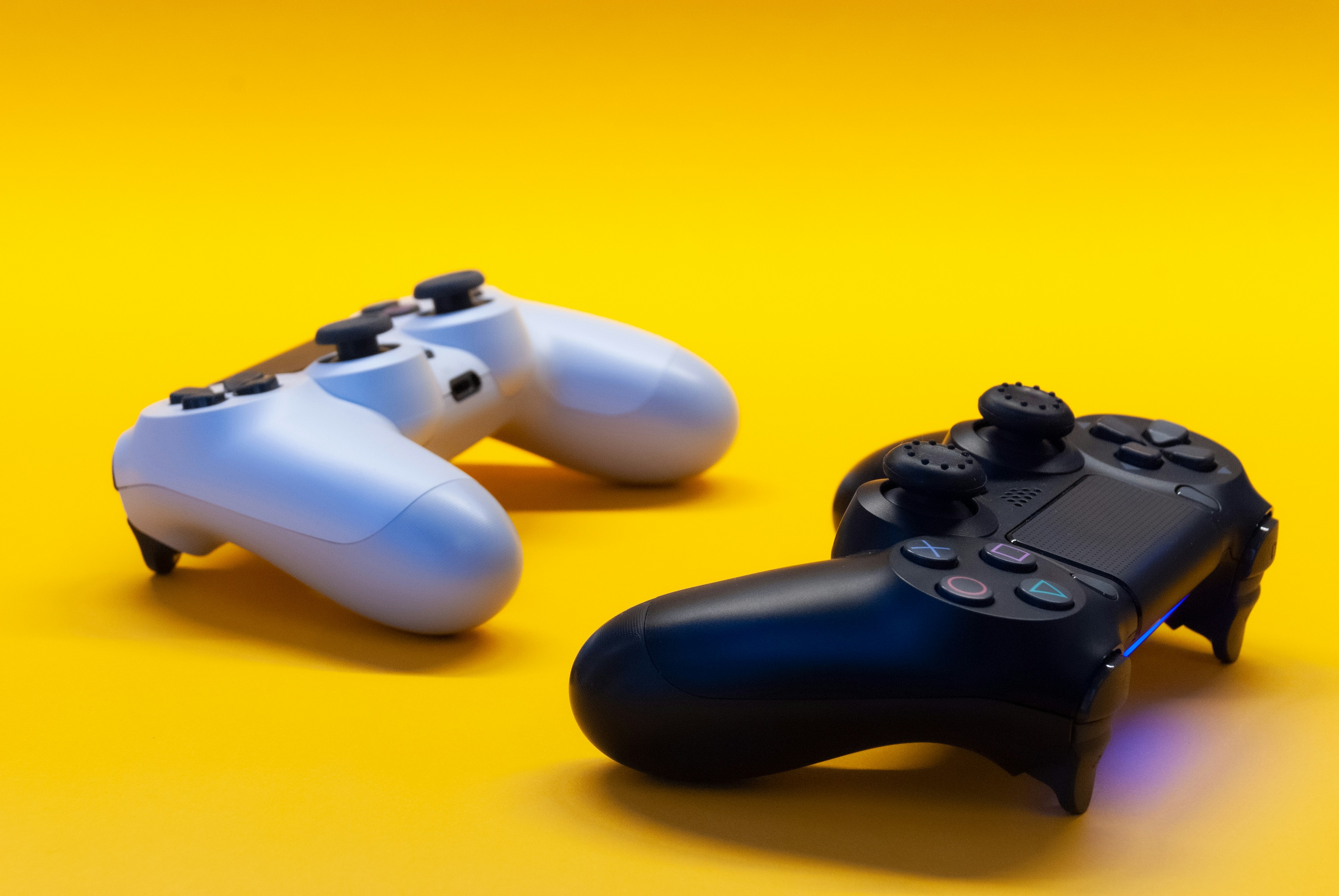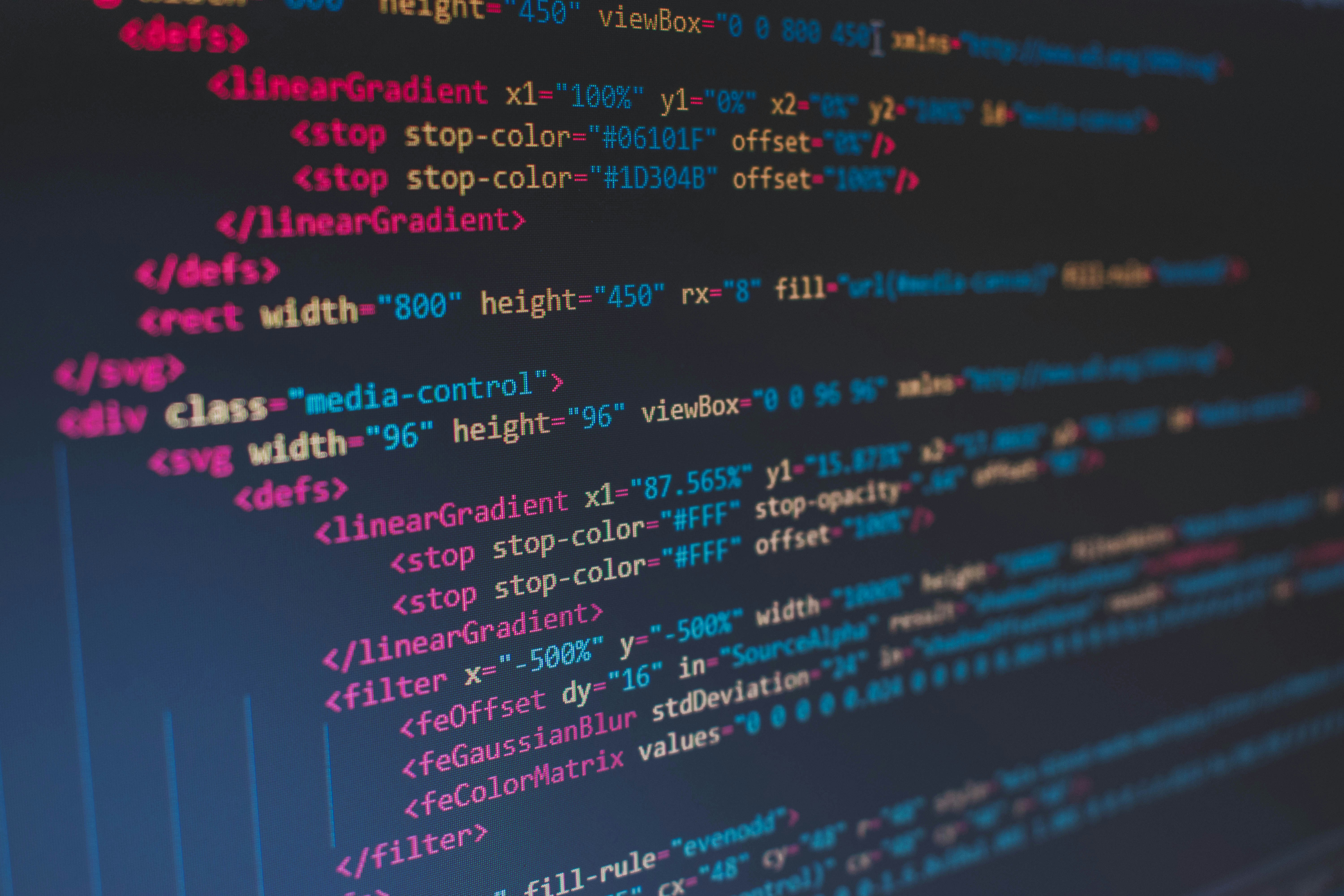The Long Road to Halcyon… Again
It’s been six long years since we first blasted off on the Unreliable, and the wait for The Outer Worlds 2 is almost over. The original game was a breakout hit for Obsidian Entertainment, a quirky, satirical RPG that scratched an itch many of us had been missing. But the road to the sequel has been surprisingly long, taking double the time of its predecessor. A recent Bloomberg report finally shed some light on why it took so long, and the reasons paint a picture of a bigger, more ambitious, and much more complex project.
So what really happened behind the scenes? It wasn’t just one thing, but a perfect storm of ambition, new technology, and a global event that changed everything.
A Recipe for a Longer Timeline
According to the report and discussions with the development team, the extended timeline for The Outer Worlds 2 boils down to a few key factors:
- Going Big After a Big Hit: The first game was a success, and that success, combined with Obsidian’s acquisition by Microsoft, meant one thing: a bigger budget. The team was no longer making a scrappy, AA-style RPG. They were now cleared to make a true AAA blockbuster. The plan shifted to create a sequel that was significantly larger and more ambitious, and with a bigger scope comes a much longer development cycle.
- A New Engine Under the Hood: The team made the decision to switch from Unreal Engine 4 to the more powerful Unreal Engine 5. While this allows for more stunning visuals and complex systems, switching engines mid-franchise is a notoriously difficult and time-consuming process. Developers had to learn the new tools and workflows, and creating high-quality assets for a next-gen engine simply takes more time.
- The Pandemic Effect: Like nearly every other industry, game development was hit hard by the COVID-19 pandemic. The shift to remote work and the associated logistical challenges created delays across the board. This unforeseen obstacle added significant time to an already lengthy production schedule.
More Than Just a Bigger Map
The extra time wasn’t just spent making the world bigger. Obsidian also went back to the drawing board to refine the core mechanics of the game. Based on developer interviews, it’s clear they listened to feedback from the first game. One of the most significant changes is a complete revamp of the ‘Flaw’ system.
In the original, flaws were a great idea that some felt didn’t quite work in practice. For Part 2, the goal was to make flaws more meaningful. Instead of just penalizing you, the new system encourages you to lean into the playstyle that triggered the flaw, creating interesting trade-offs rather than simple debuffs. It’s a shift in focus that aims to make your character-building choices feel more immediate and impactful.
Embracing Verticality and Replayability
Get ready to look up. The Outer Worlds 2 is introducing new movement options, like double-jump boots, to add a new layer of verticality to exploration and combat. This will open up new pathways and allow you to get the drop on enemies in creative ways. It’s a small change that can have a huge impact on how you navigate the world.
Obsidian is also leaning heavily into what they do best: choice and consequence. The developers have talked about wanting players to have vastly different experiences. This means there will be a significant amount of ‘missable content’-events, characters, and outcomes that you might only see on a second or third playthrough. It’s a classic Obsidian touch that promises a high degree of replayability, encouraging players to talk about how different their individual journeys were.
Frequently Asked Questions (FAQs)
- Why did The Outer Worlds 2 take six years to make?
The main reasons were a much larger and more ambitious scope following the first game’s success, a time-consuming switch to Unreal Engine 5, and delays caused by the global pandemic. - Will The Outer Worlds 2 be bigger than the first game?
Yes. The sequel was planned with a much larger budget and scope, aiming to be a bigger and more complex game in every way. - What new features are in The Outer Worlds 2?
The game features a revamped ‘Flaw’ system for more meaningful character choices, new movement mechanics like a double jump for increased verticality, and a heavy focus on missable content to enhance replayability. - Is The Outer Worlds 2 on a new engine?
Yes, the development team switched from Unreal Engine 4, which the first game used, to the more advanced Unreal Engine 5 for the sequel. - Does the long development time mean the game had problems?
Not necessarily. While there were challenges like the engine switch and the pandemic, the extended timeline was primarily a result of the increased ambition and scale of the project. The developers seem confident in the final product.
Conclusion
The six-year journey of The Outer Worlds 2 has been a marathon, not a sprint. Fueled by success, a bigger budget, and a desire to build a true AAA sequel, Obsidian took the time it needed to get it right. From a new engine to reworked mechanics and a greater emphasis on player choice, everything points to a sequel that isn’t just bigger, but deeper. The wait has been long, but it sounds like our return ticket to the Halcyon system is going to be well worth it.


